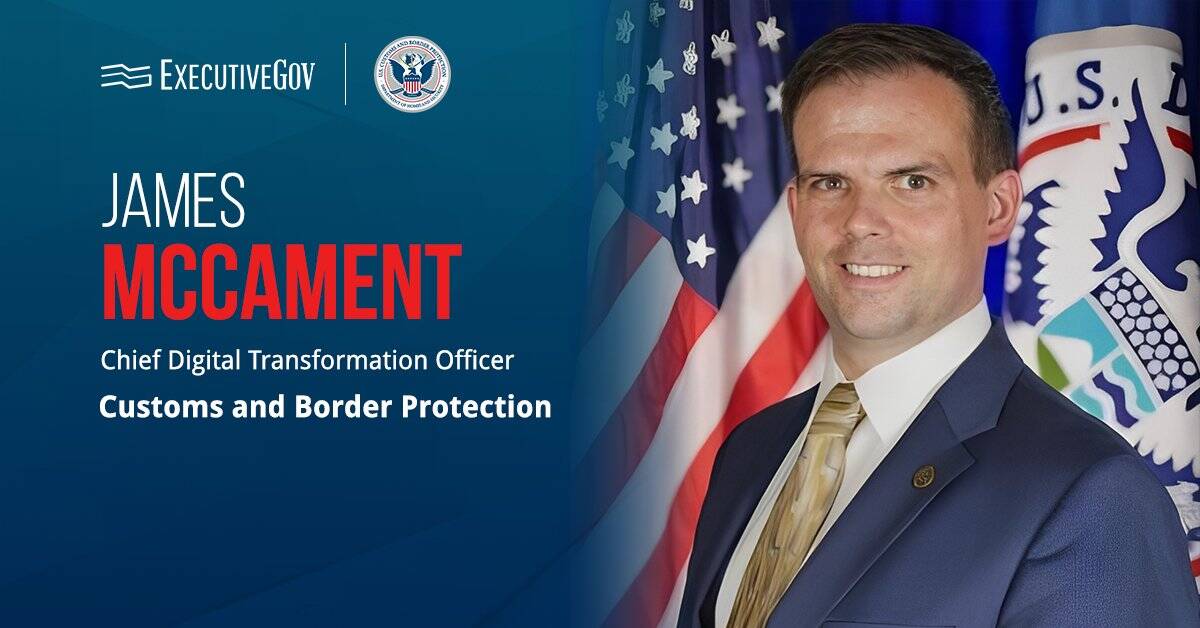 Business Insider reported Wednesday that U.S. Customs and Border Protection (CBP) granted a contract worth $145M to SLSCO Ltd to construct 6 miles of border wall in the Rio Grande
Business Insider reported Wednesday that U.S. Customs and Border Protection (CBP) granted a contract worth $145M to SLSCO Ltd to construct 6 miles of border wall in the Rio GrandeValley of South Texas between Mexico and the United States.
Construction of the project, referred to as “RGV-03,†is scheduled to begin in February 2019 and is expected to run through May 2020. The official announcement from the CBP specifies the
border wall will be reinforced with concrete, with 18-foot-tall steel bollards installed on top of the wall, and the vegetation removal will have a 150-foot enforcement zone. The zone will be equipped
with an all-weather patrol road along the entire wall, as well as detection technology, video surveillance and lighting.
According to the announcement, over 137,000 undocumented immigrants were apprehended trying to cross the border in the Rio Grande Valley sector during 2017. That same year, nearly 1,200 pounds of cocaine and 260,000 pounds of marijuana were seized, the department said. The construction of the structure is expected to decrease the illegal activity in the region for criminal organizations and improve border security without restricting river access for local emergency responders and property owners located in the RGV area.
The project is the second contract SLSCO has received from the U.S. government this year. In June, the company was awarded a $147M contract to replace nearly 14 miles of border wall in
San Diego, Calif. Eight to ten feet high walls made of scrap metal were replaced with 18 to 30-feet-high bollard-style walls that stretch a half-mile from the Pacific Ocean into the San Diego county.
Ronald Vitiello, U.S. Customs and Border Protection acting deputy commissioner, is a strong supporter of President Trump’s goal to improve border security.
“Under this president’s leadership, we have a renewed commitment to secure our border. The new primary wall-project represents an important milestone in our work to secure the
international border. Not only does it significantly upgrade our existing infrastructure in San Diego, it also marks the third concurrent wall project in the U.S. and reflects CBP’s unwavering
commitment to secure our borders and protect our nation,” Vitiello said.
ConstructionDive has reported the U.S. Department of Homeland Security recently waived the environmental regulations for the Rio Grande Valley project. Activists protesting the construction
of the border walls are trying to prevent damage to the environment and wildlife. The department says it is “committed to environmental stewardship” and will work to minimize
any “impacts to the environment, wildlife and cultural and historic artifacts.”





